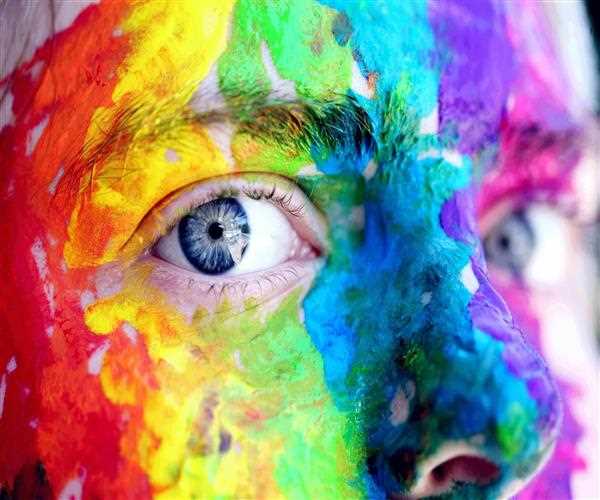It is true when it comes to the influence and power of color in our daily lives. Look around. Most items are dominated by different color schemes and palettes. The human mind and soul are deeply connected with all colors and their combinations. Your emotions, reactions, and reactions also depend.
Color has a powerful effect on mental health. Branding uses specific tones and combinations to communicate with a target audience. Many international companies use color in their brand design to influence their customers in some way. For example, yellow and red are colors associated with energy and passion. They immediately evoke positive emotions and remind you of the good times. McDonald's used it effectively in its branding to spread the message of joy. You might be wondering about the many other ways color affects our mental health. Here are some.
1. It helps improve mood.
There are warm and cool colors that strongly influence mood. Surround yourself with positive colors when you're feeling depressed or 'down'. Yellow is a very optimistic color, adding it to your room or work area will instantly make you feel better when you are feeling down. Also, purple, which appears as a combination of red and blue on the color wheel, can give a good feeling. Therefore, it is often incorporated into the color scheme of the house. In general, people believe that the brighter the color, the more optimistic the feeling associated with the color. However, this is not always true. Sometimes bright and pastel colors improve the mood.
2. Connect with nature
Nature and its elements are closely related to human well-being. As you get closer to your surroundings and get used to nature, you automatically feel calm. Different shades and variations of green help you connect with nature and reduce anxiety and stress. However, using too much green can hurt your eyes. For this reason, companies dealing with green and sustainable products can use blue to break the monotony.
Green is also associated with enthusiasm and optimism. If you choose to have them around, you'll feel like you're spending time outdoors or in nature.
3. Relieving anxiety and stress
You may have seen more rooms and spaces in blue, white, gray, and pastel pink. This is mainly done to relieve sudden stress or anxiety by looking at the wall or picture and the person doing it. You can choose to add a calming, soothing color to your home or where you spend a lot of time. It can improve mental health and prevent anxiety. When dealing with ailments like anxiety, gray is a good color choice for calming anxious people. Also, colors like red, purple, and blue should encourage them and give them a sense of stability.
4. Show clarity
Achromatic colors can make a difference when it comes to improving and managing your mental health. Many negative spaces in shades of blue and white can restore order and clarify your thoughts. People who have difficulty concentrating or constantly think about small problems should be surrounded by these colors. If you add pale colors like beige or brown or neutral tones to the bedroom color scheme, you can feel a positive change in expression. When your thought process becomes clearer, you will feel more comfortable and confident in your communication skills.
5. Restoring inner peace and balance
Some colors instantly affect a person's mood and mood. Pink, blue and green is just a few. Pastel shades of pink and green are closely associated with peace and serenity. Brands that typically target female customers use these colors to represent their femininity. But these are specific nuances that help people feel better about themselves and the environment. If you have had a stressful day, looking at pink in your surroundings will restore inner peace and create a balance of thoughts.
Color is very important for personal and professional development. If you choose to surround yourself with upbeat colors, you will not only be able to work more efficiently, but you will also feel calm. Each color has its meaning and not all colors will make you feel good, but most will. You also need to know the contrasts and combinations that draw the eye so that the brain can connect to the eye. People associate many colors with happy and positive memories, so you may have a similar reaction.




Leave Comment